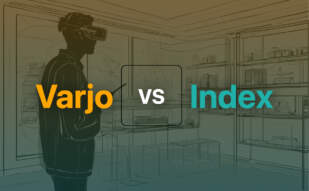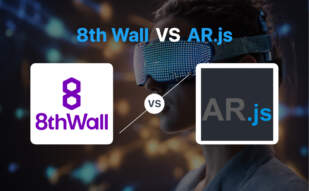The future of WebAR holds promising trends such as the integration of metaverse, enhanced indoor/outdoor AR navigation facilitated by 5G, virtual events and innovative WebAR authoring platforms. These advancements are not only making WebAR more accessible and user-friendly, but are also enhancing its adoption across various industries.
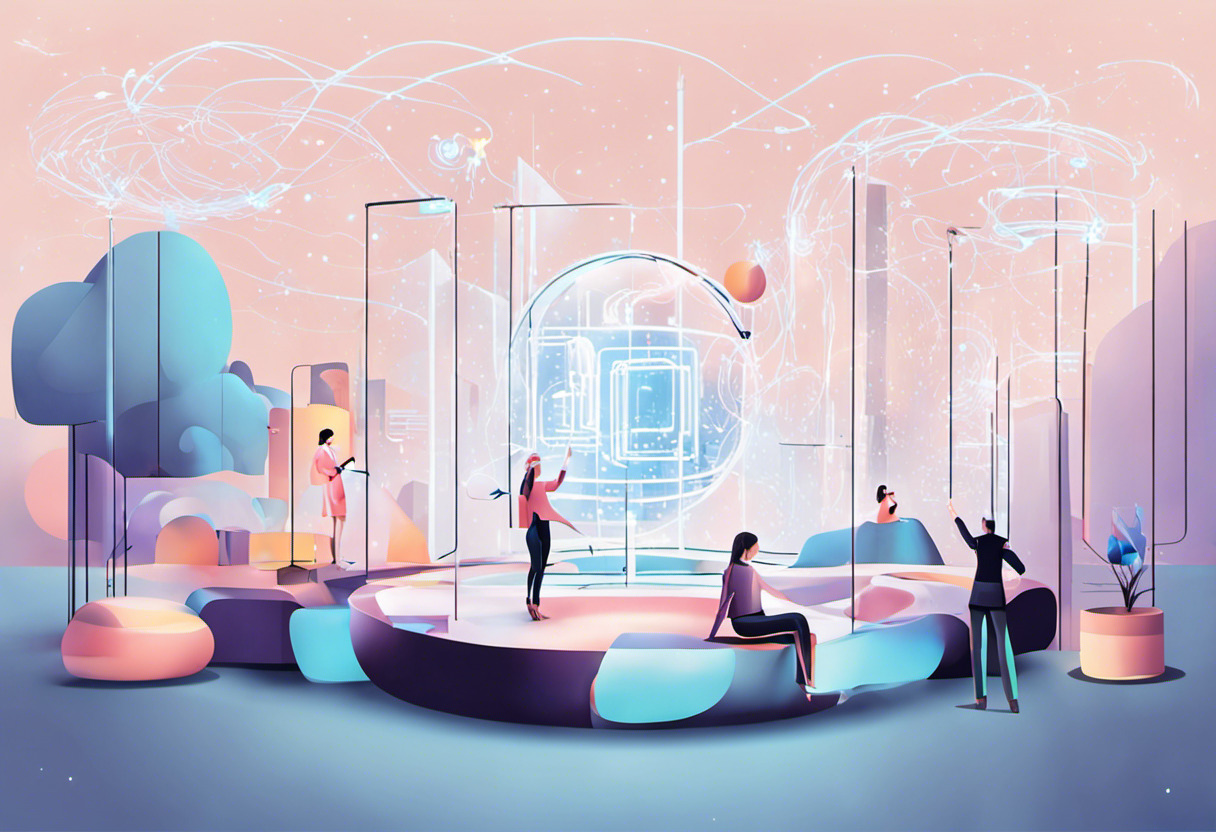
In this exploration, you’ll learn the potential of WebAR, future trends and its transformative effect on augmented reality.
The Ubiquity of WebAR Technology
In the world of augmented reality (AR), many consider WebAR to be a gateway for universally accessible AR experiences. Its seamlessness and ease of use set it apart from other AR technologies.

Exploration of the Functionality
WebAR operates on a straightforward principle: It does not require users to download or install any apps. By eliminating the need for app installations, WebAR presents a major solution to several challenges that traditionally hinder AR adoption.
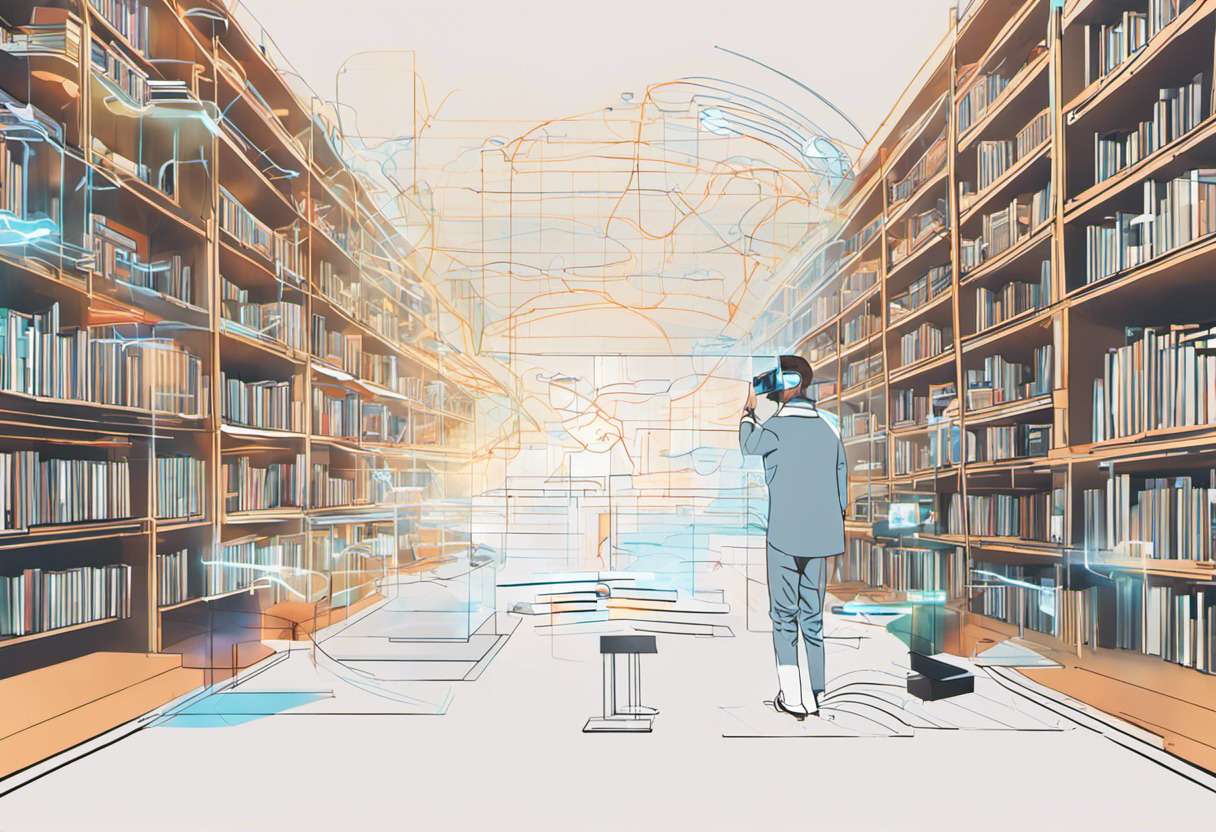
Key Features of Accessibility
- Easy Access:WebAR is accessible via a simple web link, redefining the accessibility of augmented reality.
- Greater Reach:Breaking free from the constraints of native AR apps, WebAR broadens the reach of AR experiences to virtually anyone with a capable device and an internet connection.
- Quicker Adoption:Due to its ease of use, WebAR facilitates faster adoption rates compared to its traditional counterparts.
The Universality of WebAR Technology
With advances in internet infrastructures and smart devices, coupled with the overall technological development in AR, the industry consensus points to a future where extended reality (XR) experiences, like WebAR, will be primarily web-based.
An in-depth guide to the complete workings of WebAR can be found at Here’s your complete guide to understanding how WebAR works and its numerous benefits.
Advancements Spearheading The Web-Based Future of XR
| Faster Internet Speed: | With faster internet speeds, especially with 5G, web-based AR experiences have become more feasible. |
| Advanced Smartphones: | The proliferation of more advanced devices has enhanced WebAR performance, delivering better experiences. |
| AR Technology Development: | Progress in AR technology has led to more sophisticated and immersive WebAR experiences. |
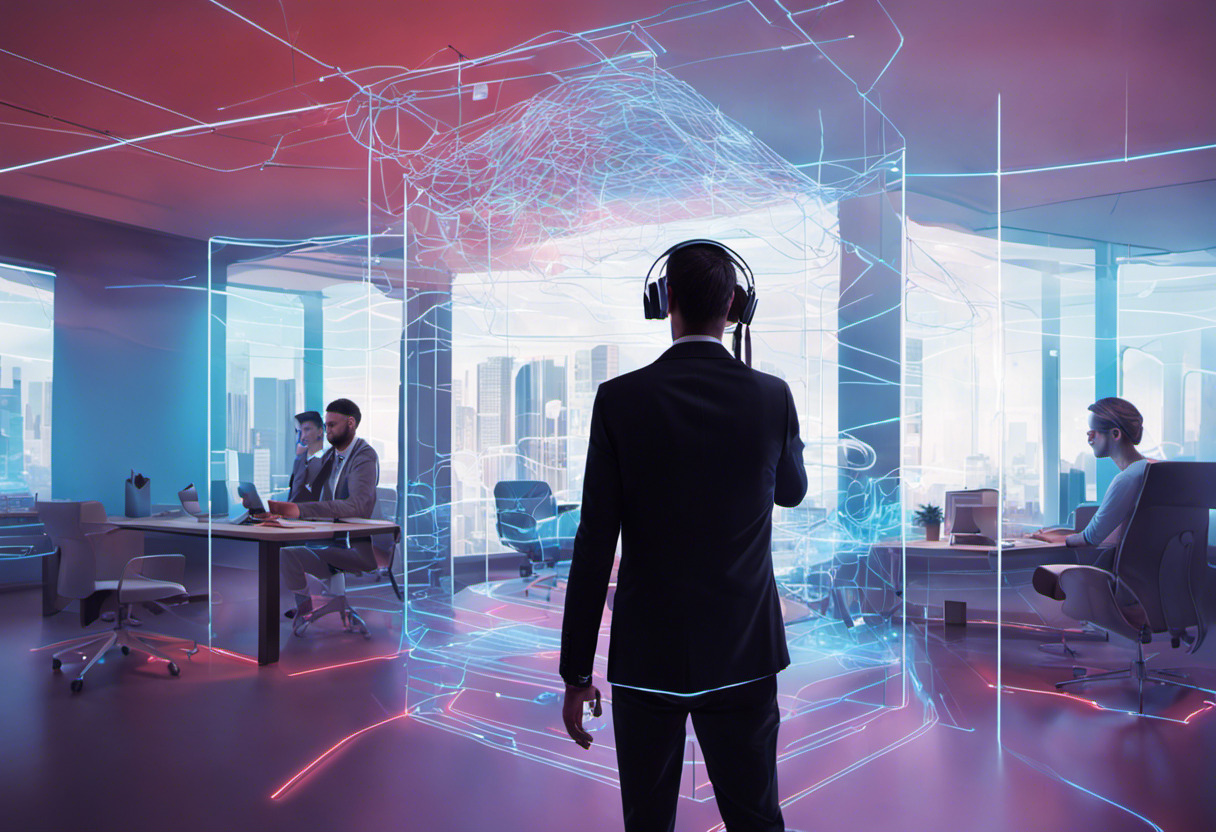
In essence, we’re witnessing the pioneering stages of a technology that stands to democratize and universalize AR, delivering it to the global populace on a scale previously impossible.
The revolutionary potential of WebAR is unlimited, as we continue to explore more ways to incorporate it into different sectors, making life more interactive and immersive.
Essentially, by functioning through web browsers, WebAR brings the future of mixed reality onto a platform present in everyone’s pockets today. This universality truly gives WebAR an edge, promising an exciting future.
The next sections will detail how WebAR is enhancing e-commerce experience, augmenting education, serving as a potent marketing tool and explore its emerging trends and future.
Enhancing E-Commerce Experience
In-depth analysis of aspects such as the innovative role WebAR is playing in enhancing the e-commerce landscape, particularly pertaining to the implementation of virtual try-on features, brings forth remarkable findings. This evolution of digital shopping is transforming the way we shop.
The Immersive Dimension of Online Shopping
WebAR’s groundbreaking tools are turning the tide for the e-commerce industry. They are initiating a pivot away from merely browsing through flat product images and detailed product descriptions to a more immersive, interactive, and personalized experience.
By removing the need for app downloads, WebAR allows for a seamless switch from the physical world to augmented reality (AR). With the aid of the user’s own device camera, online shoppers can now visualize how potential purchases, like makeup or furniture, would look on themselves or in their homes.
Case Studies: Maybelline and L’Oréal
These AR-led transformations are not hypothetical future scenarios. In fact, various renowned brands have embraced AR web design exhibiting confidence in the benefits of AR web design to enhance their customer experience and, in turn, boost sales.
For instance, beauty brands like Maybelline and L’Oréal have taken the lead in integrating WebAR into their online shopping platforms. They offer virtual try-on features, permitting customers to “apply” various cosmetic products in real-time.
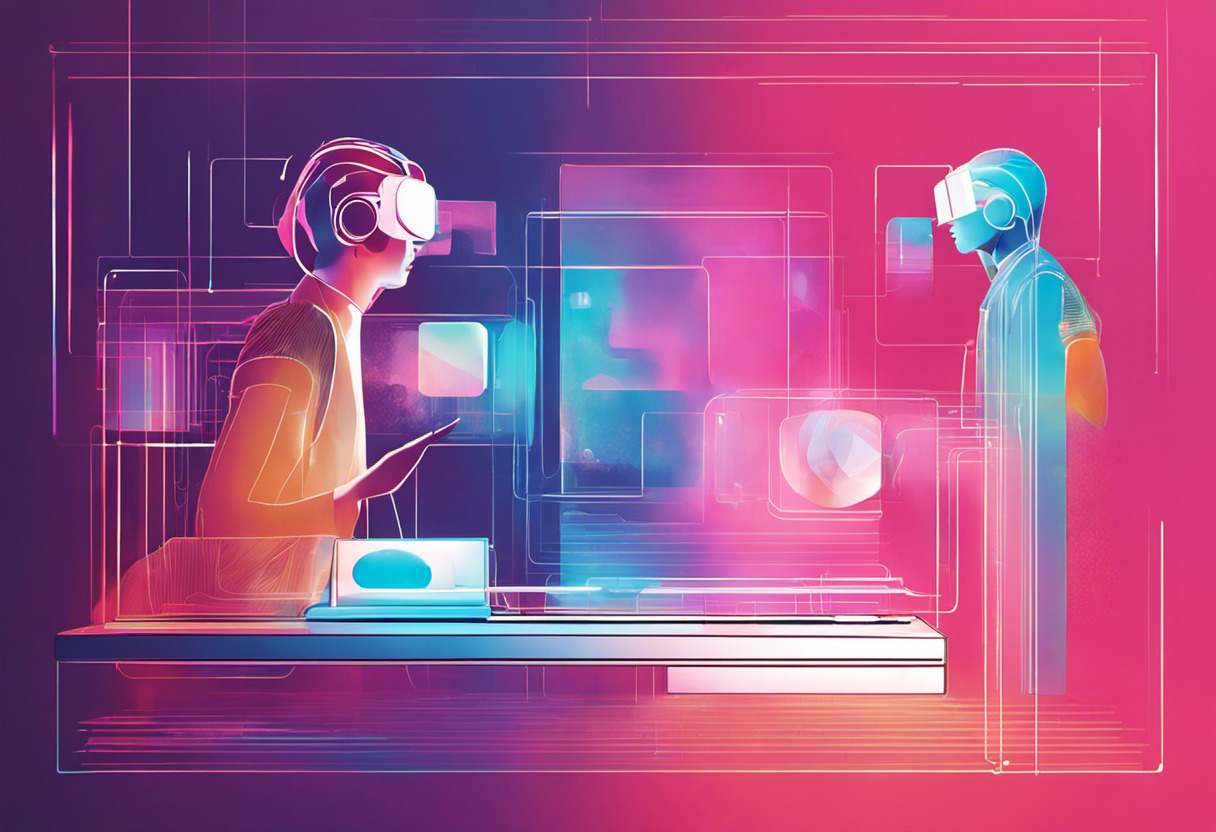
- Maybelline: Adopting an effective customer-centric sales approach, Maybelline empowered its customers with a virtual try-on feature on their website, enabling them to try various shades of cosmetics from their comfort zones. The outcome? A notable increase in customer engagement and conversion rates.
- L’Oréal: Leveraging WebAR, L’Oréal developed a “Virtual Makeover” tool allowing customers to experiment with different makeup looks without physically applying any products. Not only did this provide a unique and fun-filled experience for the customers, but it also influenced their purchase decisions positively.
Reshaping Online Shopping: A Closer Look
Reflecting on the examples provided by Maybelline and L’Oréal, it’s clear to see WebAR is beginning to not only enhance but also redefine the online shopping experience. Below, we compare the traditional e-commerce model to the evolving WebAR-based one.
| Traditional E-Commerce | WebAR-based E-Commerce |
|---|---|
| Relatively passive customer interaction | High levels of customer engagement |
| Product attributes hard to verify | Enables realistic product visualization pre-purchase |
| Limited customization | Enhanced and personalized shopping experiences |
In an increasingly competitive business environment, the unique and engaging customer experiences created by WebAR applications can provide companies with a much-needed edge, making it instrumental to the future success of e-commerce.
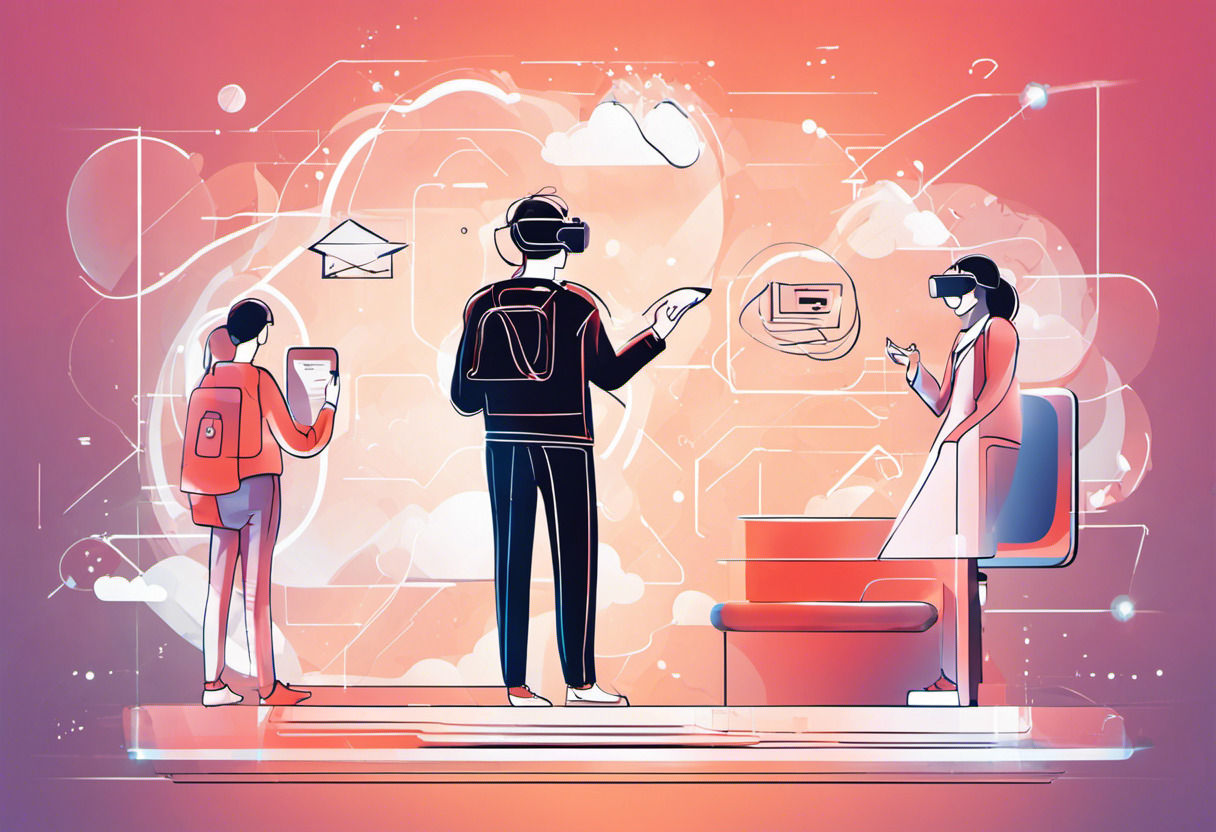
Augmenting Education with AR
In the dynamic domain of education, technology continually spearheads the revolution of teaching and learning methodologies. One such game-changer is WebAR, which is altering our perception of conventional education.
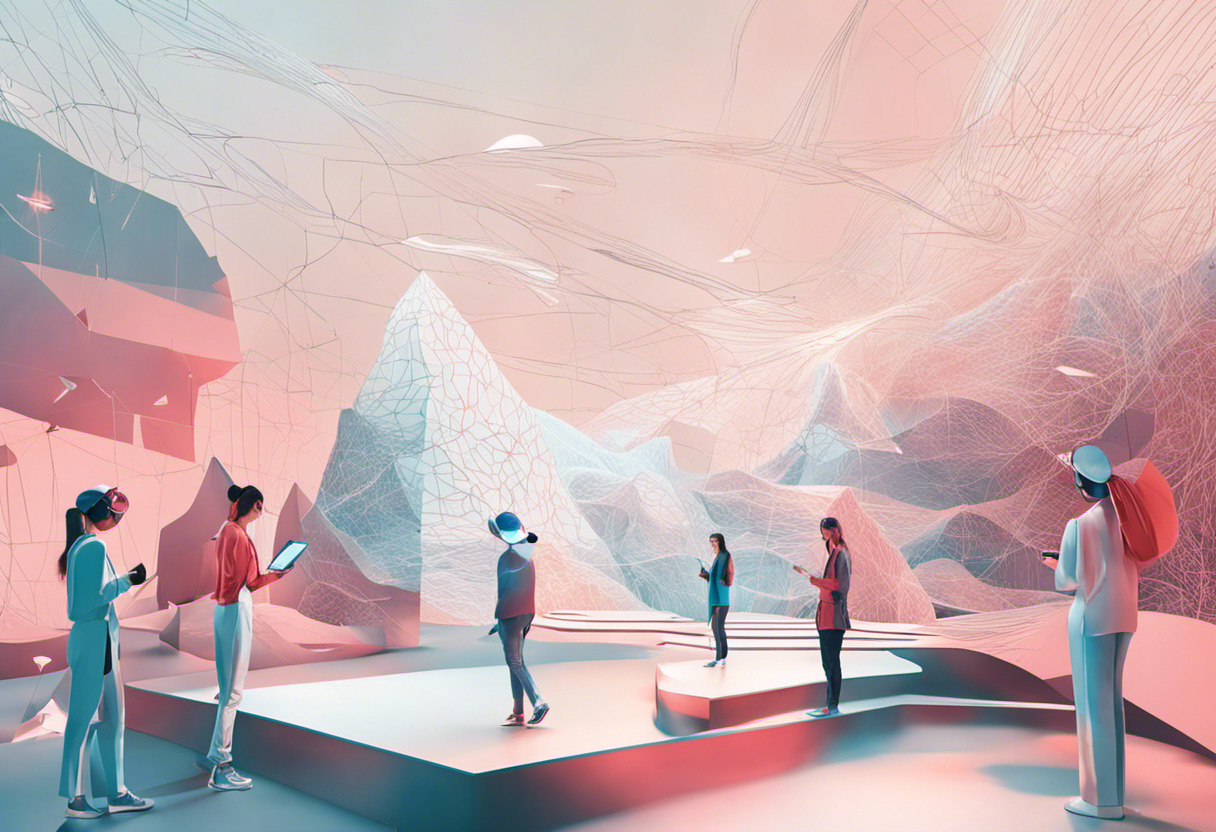
Visual Enhancement in Education
Visual learning forms a crux of pedagogical theories, where the importance of imbibing concepts through tangible images or situations is undeniable. WebAR materializes this concept. For instance, students can now journey through the digital corridors of museums and art exhibitions, from the comfort of their homes. This immersive method fosters a deeper understanding and piques learners’ interest beyond standard classroom bounds.
According to a detailed study on navigating geolocation with WebAR, the visual depiction of scenarios, people, or objects builds an indelible imprint on the learner’s mind. This serves a dual purpose – strengthening the knowledge foundation and boosting imaginative abilities.
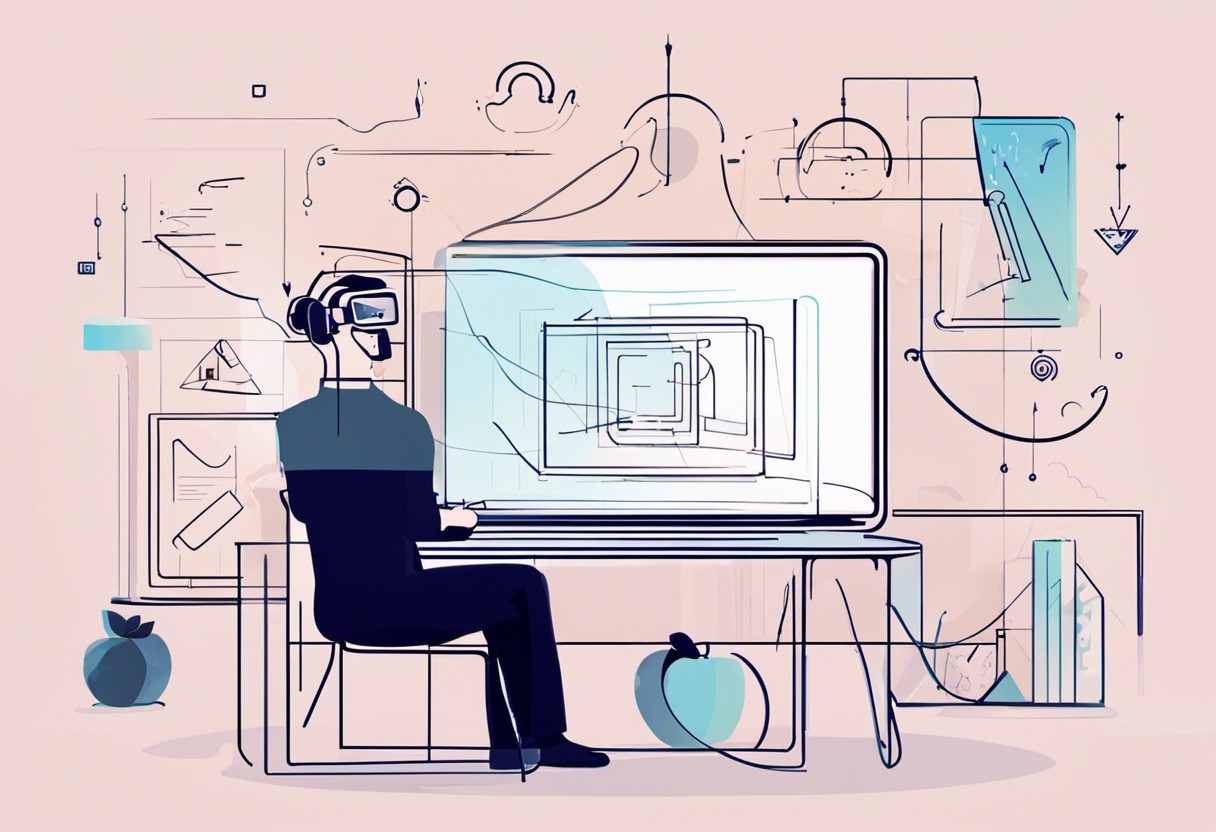
Interactive Classroom Experiences
Classroom experiences have always hinged on the level of student interaction involved. The entry of WebAR has raised the bar and transformed these interactions into lively brainstorming sessions. With access to a single link or a QR code, students can dive into a world where they can have 3D interactions with extinct dinosaur species right in their living rooms.
The ability to interact, envisage and almost ‘touch’ these extinct creatures adds a novel dimension to learning – making it not just informative but also fun and engaging.
Benefits: What Makes WebAR a boon for Education
- An interactive channel for visual learning – With simulated environments, the learner can delve into hitherto inaccessible locales, making learning an engaging pursuit.
- Increase in interest and curiosity – These 3D visualizations and simulations work as a novelty factor that enhances student interest and curiosity.
- Boost in conceptual clarity – By presenting abstract concepts in an easy-to-grasp 3D form, WebAR aids in improving knowledge retention.
In light of these compelling arguments, we can see that WebAR proves to be an instrumental educational tool that makes learning an exhilarating adventure rather than a burdensome task.

A Profound Shift in Advertising Landscape
The accelerating digital transformation embraced by brands across the globe is casting fresh light on web-based Augmented Reality (WebAR) as a marketing tool of unprecedented potency. It has elevated the traditional realms of advertising to immersive, engaging encounters that have the potential to captivate consumers on a new level.
Transforming Traditional Advertising Landscapes
WebAR embodies a new dimension to conventional advertisement methodologies. This sphere of AR technology infuses interactive engagements into promotional content, effortlessly steering consumer experiences to realms beyond static visual or audio-centric ad campaigns.

To put it simply, the capabilities of WebAR breathe life into marketing content. Rather than merely observing, users get to interact with the brand in a digitally augmented environment, thereby making ad campaigns more impactful and retaining user attention for extended durations.
- Consumer Engagement: WebAR initiatives make ads a lot more than just an intrusive marketing strategy; they transform it into a 3D interactive session where customers can engage with products on a virtually tactile level.
- Immersive Experiences: WebAR content is designed to immeran impactful and visually appealing)][0] offers an in-depth insight into how WebAR is revolutionizing social media’s advertising strategies.
AR Ads Hold the Limelight in the Advertisement Sphere
Statistical data indicates that around 74% of users are more likely to give their attention to advertisements embedded with AR content. This testimonial to the strong attention-holding capacity of AR ads places WebAR as a game changer in the marketing and advertising landscape.
From enhancing customer experience to contributing to high conversion rates, the potential and payback of investing in WebAR integrated marketing strategies are ceaselessly significant. Creating an engaging, virtually interactive platform, WebAR technology motivates potential consumers to linger in the engagement, thereby effectively prolonging the period of an advertisement’s impact.
Examples of Successful AR Ad Campaigns
| Brand | Campaign | Impact |
|---|---|---|
| Pepsi Max | Unbelievable Bus Shelter | Increased brand visibility |
| NBC Universal | AR movie posters for Jurassic World | Boosted social media engagement |
| Converse | Virtual Sneakers App | Significant growth in online sales |
Therefore, with its unique ability to bridge the physical and virtual worlds, WebAR, as can be seen here, showcases an avant-garde approach to connect brands with consumers, essentially reshaping our perceptions of advertisements and the culture of digital marketing.
As we move closer to an all-encompassing digital reality, the potential for WebAR in advertising and marketing campaigns is exponential, promising an immersively transformed consumer-brand relationship and pioneering an era of interactive digital marketing. Thus, it is safe to say that with these significant strides, WebAR is successfully carving out a powerful niche for itself in the global advertising landscape.

A Glimpse into the Exciting Trends in WebAR’s Future
In an ever-evolving digital landscape where immersive technologies are increasingly becoming key players, Web-based Augmented Reality (WebAR) is undeniably setting the pace. Evident in its transformative impact across industries, predicting its future trends and advancements is critical.
The Technological Waves Ready to Make a Splash
Several upcoming trends and tech leaps will significantly affect WebAR’s growth and usability. They span from augmented reality metaverses to 5G proliferation, to instant and accessible platforms for WebAR content creation.
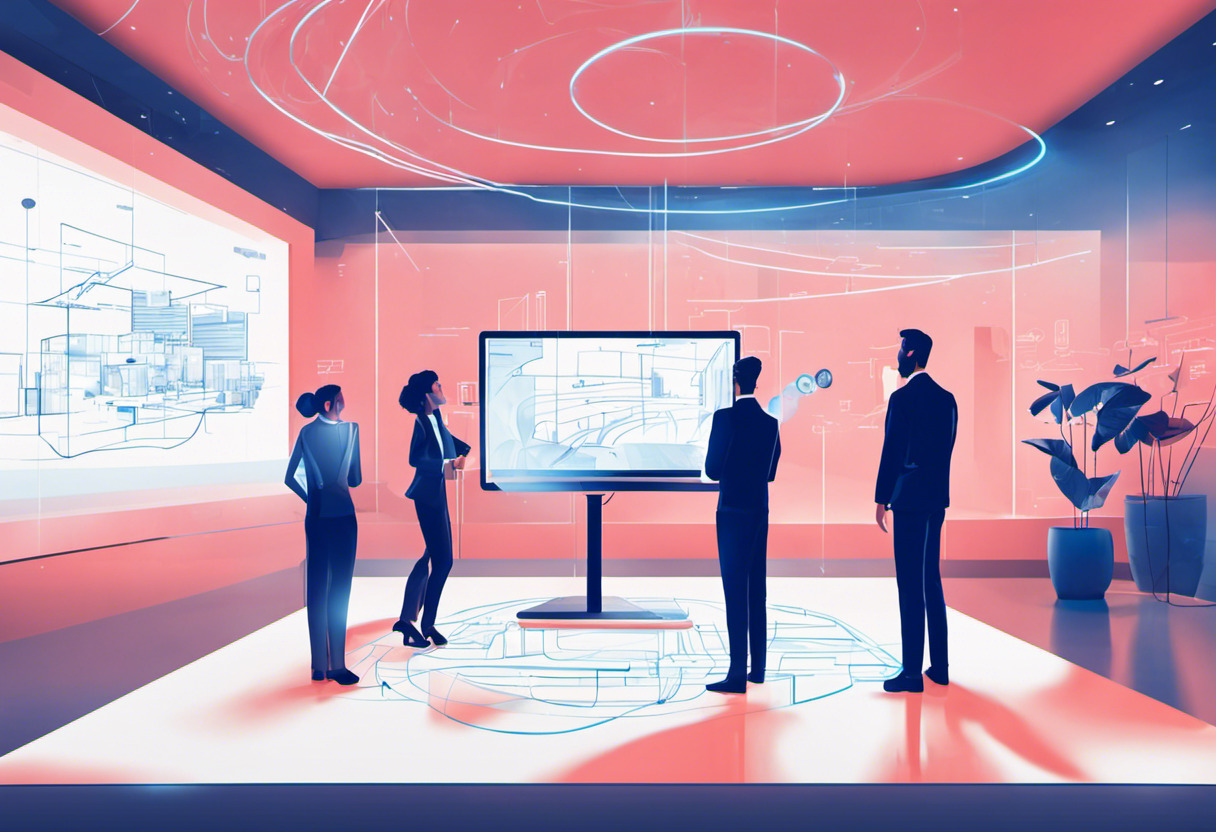
- Metaverse: This refers to an array of virtual spaces connected into a perceived universe, offering depth in virtual interactions and experiences. Its possibilities in construing WebAR’s role in metaverses is particularly interesting.
- Indoor/Outdoor AR Navigation: AR-powered navigation systems offer seamless, intuitive routes in indoor and outdoor environments. This functionality will enhance personal commuting, logistics operations, among others.
- 5G proliferation: As 5G technology spreads across the globe, improved data speed and low latency will further augment WebAR experiences, ensuring more realistic and smooth interactivity.
- Virtual Events: The wide reach of virtual events, made engaging via WebAR features, is bound to take a leap with increased understandings of remote, spatial computing.
- WebAR Authoring Platforms: Platforms which allow users to create and share AR experiences easily will foster WebAR adoption by making content creation accessible to the masses.
Impact of Technological Advancements on Adoption
These upcoming trends align perfectly with the objective of making WebAR more accessible and user-friendly. This is expected to considerably boost the adoption of WebAR across various industries.
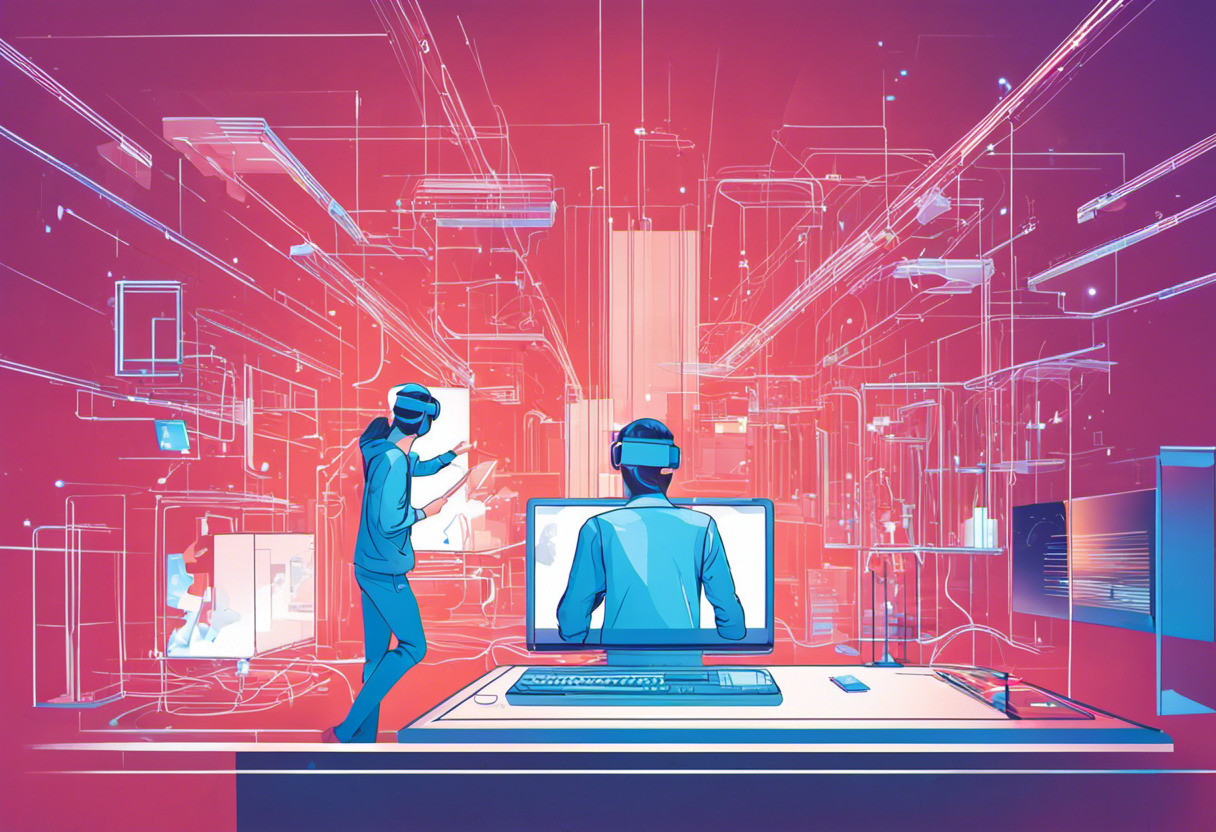
| Trends | Potential Impact |
|---|---|
| 5G proliferation | Faster, seamless AR experiences leading to improved user engagement. |
| Virtual Events | Increased adoption of WebAR for immersive, interactive events. |
| WebAR Authoring Platforms | Increased content creation and sharing, fostering community engagement and broadened user base. |
These advancements create an exciting, promising path ahead for WebAR. Aligned with the growing digital transformation globally, WebAR is set to become key in blending our physical and digital worlds seamlessly, while also breaking barriers in accessibility and usage.
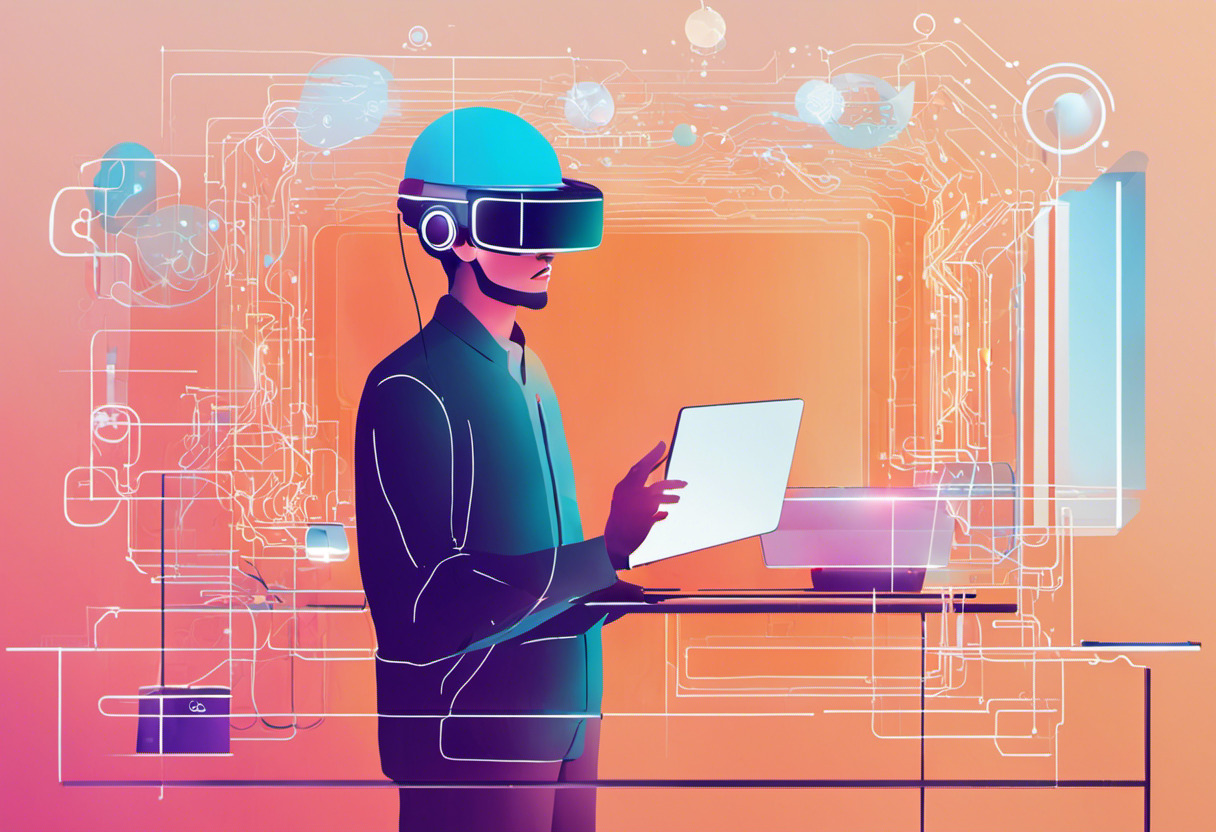
Hannah Stewart
Content writer @ Aircada, tech enthusiast, metaverse explorer, and coffee addict. Weaving stories in digital realms.



